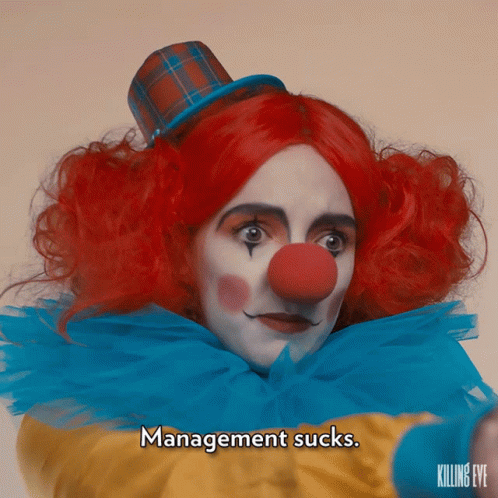Turns out employees value a supportive manager just as much as a good salary.
Otherwise known as the MVP manager.

Maybe the old adage that people don’t quit organisations they quit bosses seems to be ringing true more than ever.
According to Owl Labs recent State of Hybrid Work report, 92 per cent of employees believe that a supportive manager is the most important factor in job satisfaction behind a competitive salary (94 per cent).
Interestingly, the size of an organisation plays a significant factor in shifting the needle, with employees at large enterprise organisations 8 per cent more likely to cite a supportive manager as an important factor.
Because the relationship between managers and their employees directly influences their mental, emotional, and even physical well-being, and whether employees feel supported and secure often hinges on the quality of that relationship.
So as an HR manager, ensuring managers are supportive is an absolute must because employees value it more than ever. So, what do you need to do to ensure managers are supporting employees?
First, let’s look at the green flags employees look out for.
Green Flags
Employees look out for empathetic, flexible, transparent and accountable managers. These qualities foster trust, reduce stress, and create an environment where employees feel valued and understood.
Which means it’s also important for you as an HR manager to look out for the green flags. And the easiest way to do that is to look out for their behavioural cues.

At the next management off-site or when you’re having a one-on-one meeting with a manager, ask them to consider this “How would your team describe you and your leadership style?”
If they don’t respond appropriately or are stumped by the question, ask them to consider if they’re flexible and don’t micromanage employees. On the other hand, if employees have to walk the line and follow a manager's lead and “do what they say”, that’s probably a red flag.
Because if you find yourself micromanaging managers, it’s likely a sign that there are deeper issues, either a lack of trust, poor leadership skills, or unclear expectations between them and employees.
Green flag managers empower employees, not leave them drained. If they can’t operate independently, they don’t have the tools or confidence to lead effectively, which can ripple down and impact others.
So, how do you help a manager develop a green flag management style?

Ultimately, good or bad managers will teach employees what kind of manager they want to be in that position or their preferred management style.
Time and space
Respecting someone’s space takes many forms, and good managers know how to find the balance. A great manager encourages employees to take time off and leads on this by example, using their own leave without checking emails or asking about what their team’s time off will involve.
Meetings are short, effective, and focused. They know when it’s time to wrap things up and move on. Most importantly, a green flag manager knows when to step in and get out of the way. They provide direction when needed but are careful not to become bottlenecks. They remove obstacles, giving employees space to work independently without hovering.

They also understand that not every day looks the same. Managers don’t track every moment or expect rigid timelines because they know their employees are humans, not productivity robots. Work ebbs and flows, and that’s okay.
Care
Green flag managers often care in ways that go unnoticed. It’s more subtle. They go into bat for you. They’re in your corner, advocating behind the scenes.
They also celebrate personal and professional milestones. Whether it’s your birthday, a work anniversary, or the completion of a major project, they make sure these moments are acknowledged.

They don’t just conform to the expectations of senior leaders but use their influence to shape a positive work environment. Green flag managers model respectful behaviour and show employees how to treat one another, setting clear standards for what is and isn’t acceptable.
They seek honest feedback on the employee experience at every level, ensuring the work environment remains fair, collaborative, and engaging.
Servant Leadership
A shining example of green flag management is servant leadership, which aims to support employees and help them grow. It’s the ultimate green flag because it’s rooted in humility, character, and care.

Servant leaders are there to support, not control. They have no problem jumping in to help with a project or troubleshooting challenges alongside their team. They know that your success is the team’s success, and they actively work with employees to solve problems rather than just cheering from the sidelines.
Servant leaders know their opinions aren’t always correct, so they make space for others to share their ideas and lead when appropriate. They understand that leadership isn’t about being in charge but using their position to empower others to thrive.
Conclusion
The best test is this: do employees leave feeling drained or empowered at the end of the day?

Not every day is perfect and golden, but you don’t want employees to feel consistently flat because their manager isn’t receptive to who they are.
Try to empower managers to lean on their observational skills, listen to their gut, and pay attention to their behaviour and how others interact with them.

